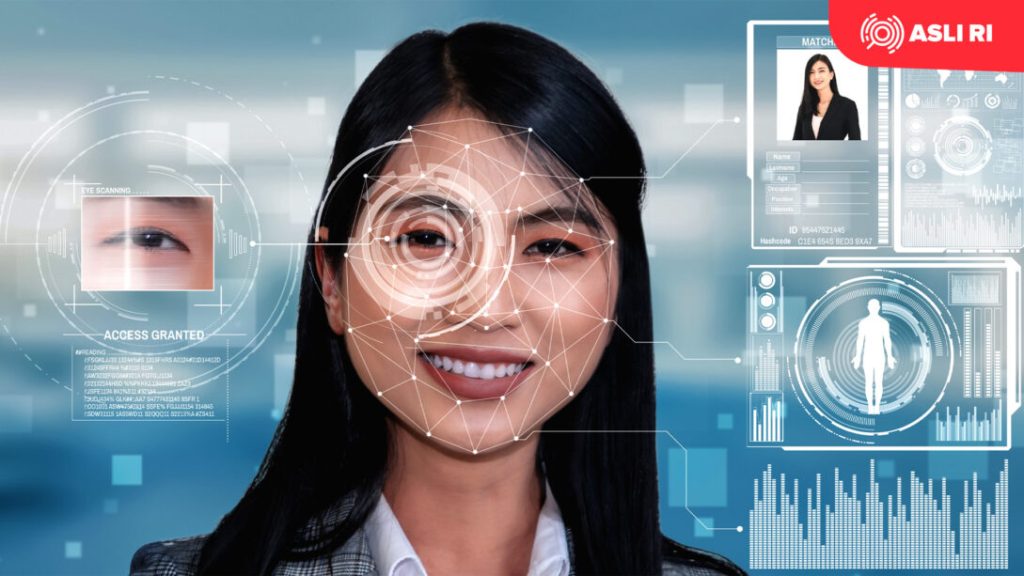
Indonesia is reportedly set to begin implementing biometric identification for social aid recipients. This technology is considered more effective and capable of preventing mistargeted aid distribution, a recurring concern voiced by the public.
Governments in Indonesia, Brazil, and India are breaking new ground by leveraging biometric-based digital identity systems to secure social benefit programs, significantly improving inclusion, trustworthiness, and service delivery. By seamlessly connecting unique digital IDs with welfare distribution platforms, these countries are transforming how public benefits reach eligible citizens. This article explores how each nation is deploying the model and why the approach matters for global development.
Indonesia’s Bold Move: IKD Meets Perlinsos
In Indonesia, the government is linking its Identitas Kependudukan Digital (IKD) system—managed by Dukcapil—to the state welfare program called Perlinsos. Starting August 17, 2025, beneficiaries will be onboarded via biometric verification, ensuring that only qualified citizens receive aid. This integration, enabled through the Government Service Liaison System (SPLP), reflects a shift toward Digital Public Infrastructure (DPI)—making social policy execution far more accurate and transparent. As a result, funds flow to legitimate recipients while reducing fraud risks and administrative overhead.

Brazil’s National Biometric Mandate
Brazil has introduced a federal decree requiring biometric authentication (fingerprint or facial recognition) to access social welfare. Using its vast network via Caixa Econômica Federal, the state-owned bank collecting Civil Identification Number (CIN) data, Brazil already retains biometric records of over 90 percent of welfare recipients. The rollout will be phased—excluding individuals over 80 or those with disabilities—to maintain inclusion while combatting fraud. Officials emphasize that digital modernization must never disenfranchise vulnerable groups.
Delhi & India: Aadhaar as the Welfare Gatekeeper
India’s capital, Delhi, is piloting Aadhaar-based digital ID cards for welfare distribution among people with disabilities. This measure aims to eliminate longstanding irregularities in pension and benefit programs. More broadly, India has embedded Aadhaar into major programs like Direct Benefit Transfer (DBT) and digital life certificates, forming part of the celebrated JAM trinity—Aadhaar ID, Jan Dhan bank accounts, and mobile access. That infrastructure enables automated, tamper-resistant distribution of subsidies while significantly reducing leakage and boosting inclusion.
Shared Benefits Across Countries
Although each program differs, they share key gains:
- Fraud reduction & accuracy: Biometric linkage ensures benefits reach genuine beneficiaries, cutting out duplicate claims and ineligible access.
- Financial inclusion: Digital IDs tied to bank accounts or benefit platforms bring more people into formal financial systems.
- Operational efficiency: Automation cuts manual processing costs, speeds up delivery, and simplifies grievance resolution.
- Data‑driven planning: These programs create reliable databases that inform better policy design and targeting.
Challenges & Mitigation Measures
Nevertheless, several challenges must be addressed:
- Data privacy & protection: Sensitive biometric data requires strong legal frameworks and secure systems. India and Brazil are in the process of updating their data governance policies.
- Inclusivity concerns: Exceptions (e.g. elderly, mobility-impaired) must be carefully managed to avoid excluding vulnerable populations.
- Digital infrastructure gaps: Reliable identity authentication depends on enrollment coverage, mobile access, and close coordination across agencies—a hurdle especially in Indonesia’s archipelagic geography.
- Public trust & awareness: Citizens need transparency, education, and reassurance that their data is used ethically and benefits them directly.
A Blueprint for the Global South
The Indonesia‑Brazil‑India model offers a compelling template for other emerging economies. Indonesia’s IKD‑Perlinsos integration echoes India’s well‑established Aadhaar‑DBT systems, while Brazil’s use of bank‑based ID collection mirrors elements of the JAM integration around financial inclusion. Smooth interoperability, strong legal oversight, and phased rollouts are key best practices.




















